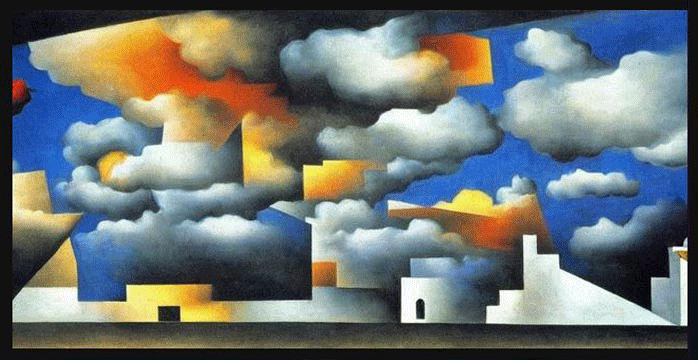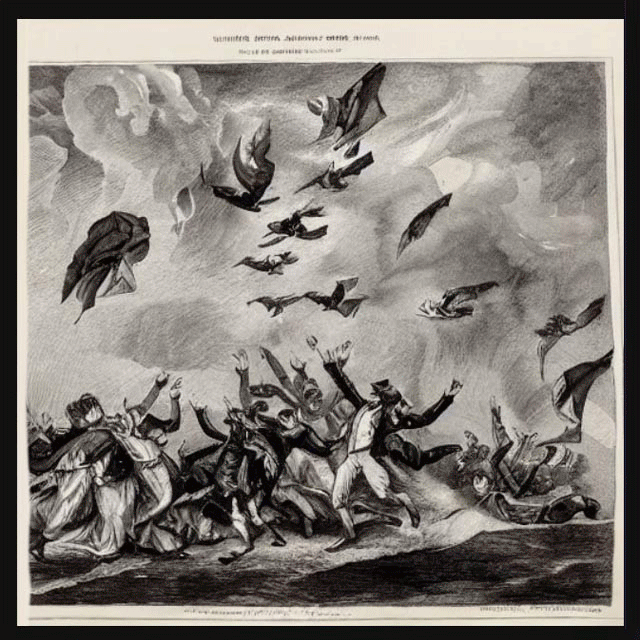The use of images, especially
now the use of images created by
algorithms (images that no longer
need a "real", "genuine" object in
front of the lens) is an indication
of the gullibility and
superficiality of how we take in and
store information today. It is these
deceived glances that can be used to
manipulate the individual's own
ability to act. It is becoming
increasingly difficult to make one's
own individual decisions.
Images determine our everyday life and our perception. They structure our memory and our understanding of history. Like hardly any other object, the image can refer to an analytical tradition of description. What was once intended as a documentation of a moment is later subject to the interpretations of its viewers. And the interpretation of the viewer is pure politics...
Images have a tremendous, truly
believable effect on the human
brain. Studies on the processes that
take place in the brain when looking
at an image have shown: Information
in pictures is received like
information from our real
environment. Regardless of whether
we are looking at reality or an
image of (supposed) reality: Exactly
the same areas of the brain are
always activated and also evoke the
same reactions.
Visual
information is assigned to different
levels in the brain according to its
relevance for survival
A multidirectional view: the concept of restistance
The term
restistance cannot be
formulated unambiguously. Its
ambiguity refers to both violent and
non-violent political actions.
Resistance is based on will and
action. The motivation of resistance
can aim at a fundamental and perhaps
revolutionary transformation of the
existing society, but it can also
want to maintain or restore the
status quo.
Resistance has facets and therein lie
the guarantors of enforcement
Restistance
means: reaction,
insurrection, defence, rejection,
opposition, repulsion, problematic,
utterance, hindrance, obstacle,
defensiveness, counter-force, barrier, resilience,
toughness, counter-pressure,
disapproval, counter-force, hurdle,
disobedience, aggravation, frictional
resistance, renitence, reluctance,
stalling tactics...
This variety of meanings shows how
differently resistance can express
itself in different gestures. They are
very specific proposals, adapted to the
situation, to show that one does not
agree with something.
So if we look
more closely at what the term contains
in terms of such gestures, it becomes
clear that these attitudes and thus
actions can be used in everyday life.
So riding the storm can also mean having the reins in your (own) hand. Many small gestures - many, small but consistent postures and actions. You finally have to decide what you will or will not do.
The romantic image of the apocalypse
from the 1970s has not been able to hold
up in the flood of events of recent
years. The events became a flood
of data and images. Debord wrote about
the manipulation by as early as the
1970s. Neil Postman also warned that we
were amusing ourselves to death. Image
manipulation thrives on the great trust
placed in images.
And we still think they are just
pictures. Resistance starts in the eye.
There are more pages:
- The individual
- The community of Coyomeapan
- I have to change my life
- Riding the storm (introduction 1)
- The world (introduction 2)
- The comfort zone (introduction 3)
-
The
fetish in the spectacle
- The term information pathology




